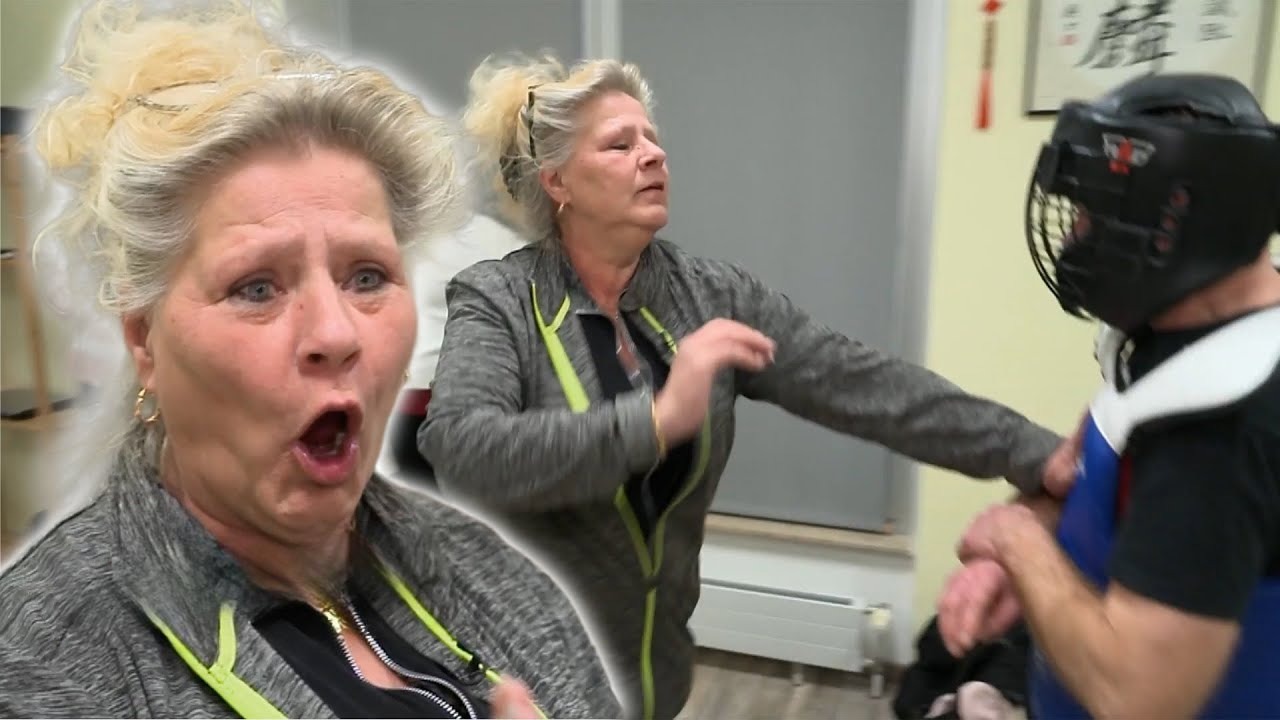Kampfbereit! Silvia Wollny überrascht Fans mit knallhartem Selbstverteidigungs-Training
Heinsberg, North Rhine-Westphalia — Today the Wollny women traded living-room drama for some hands-on empowerment at the Kampfkunstcenter Heinsberg.
What started as a daughter-led request — “we don’t feel safe walking alone after dark” — turned into a practical self-defense taster session for the whole family: kids first, then the mums.
Silvana, responding to her daughters’ worries, organized the course. On camera the group arrived a little nervous but curious.

“I’m excited and also a bit anxious,” one Wollny admitted, while another explained the motivation plainly: “Lavi is scared of the dark; she shouldn’t need an escort every night.” The men stayed home; this was a space for women and children to learn boundary setting and basic physical defenses together.
The instructors welcomed the family with clear ground rules: techniques are taught for emergencies only, not for play or bullying. The center’s program draws from Wing Chun principles adapted for everyday situations — simple, efficient moves that prioritize escape over confrontation.
The class began with warm-ups and basic mechanics: stance, guard (one hand forward, one back), and striking with the whole sole of the foot against a pad.
Children — from preschoolers to preteens — warmed up quickly. Even three-year-old Hailey, the youngest in the group, watched with wide eyes as older siblings practiced controlled front kicks and alternating punches on pads.
Short reaction drills forced the youngsters to watch the trainer’s mitt and respond, duck under a swinging pad, then return to striking. Trainers encouraged loud, decisive vocal commands — “Stop!” or “Help!” — along with movement, stressing that voice and distance are as important as physical technique.
Beyond the punch-and-kick basics, the coaches rehearsed real-world safety scenarios: don’t approach unknown vehicles, never accept rides from strangers telling elaborate “my mom is in hospital” stories, and never walk close to a stopping car.
The kids were taught to scream, run to the nearest adult, and shout “Fire!” rather than the softer plea “Help,” which could be misheard. Practical reminders like “keep distance” and “don’t look into the car” were repeated until they felt like instinct.
When the adults stepped onto the mat, the tempo intensified. Mums practiced creating space with open-palm pushes, breaking free from grabs, striking sensitive targets (nose, throat, groin) and low kicks to disable an attacker long enough to flee.
Role-play scenarios emphasized keeping a safety distance, using a loud, assertive voice and moving quickly to escape. Trainers insisted on realistic rehearsal: step back, shout, strike, and run — over and over — to build muscle memory.
The tone of the afternoon shifted from nervousness to energy and laughter. Mothers admitted to earlier doubts — “you don’t just punch someone in the face” — but soon found the lessons empowering rather than aggressive.
The instructors repeatedly cautioned restraint: techniques are last-resort tools for genuine danger, not for everyday disputes.
By session’s end, the change was visible. Children chatted excitedly about moves they’d learned; mothers left feeling better prepared to walk home at dusk and to teach their kids basic responses.
One participant summed it up: “It’s not about becoming fighters. It’s about confidence, boundaries and knowing what to do if something goes wrong.”
For the Wollnys, the self-defense lesson was more than a TV segment — it was a practical step toward safety, together. In uncertain times a few well-practiced moves, a loud voice and an agreed plan can make all the difference.




